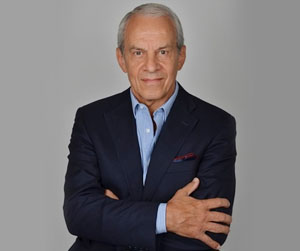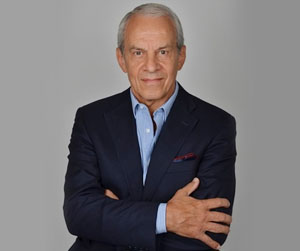Cosmetic eyelid surgery (blepharoplasty)
Cosmetic eyelid surgery, called blepharoplasty, aims to correct sagging, fatty eye bags and dark circles that have appeared over the years or are sometimes already present in young people, casting a shadow over their eyes that then makes them look tired, sad or stern.
The operation may be on the upper eyelids, the lower eyelids or both.
I use techniques that respect the physiology and delicate anatomy of the eyelids and put dermo-muscular structures back into the right position, in particular, crow's feet, which restores tone to the eyes.
The result is a more relaxed, lively look, rediscovering your vibrancy and glow.
This procedure's goal is not to change your gaze's identity, but on the opposite to stress your expressiveness and personality. Indeed, the eyes are a very important part of your personal identity. If you do not meet someone's eyes, it is very difficult to recognise them. For this reason, I do not prioritize creating smooth skin at all costs but preserving the natural appearance of your original look.
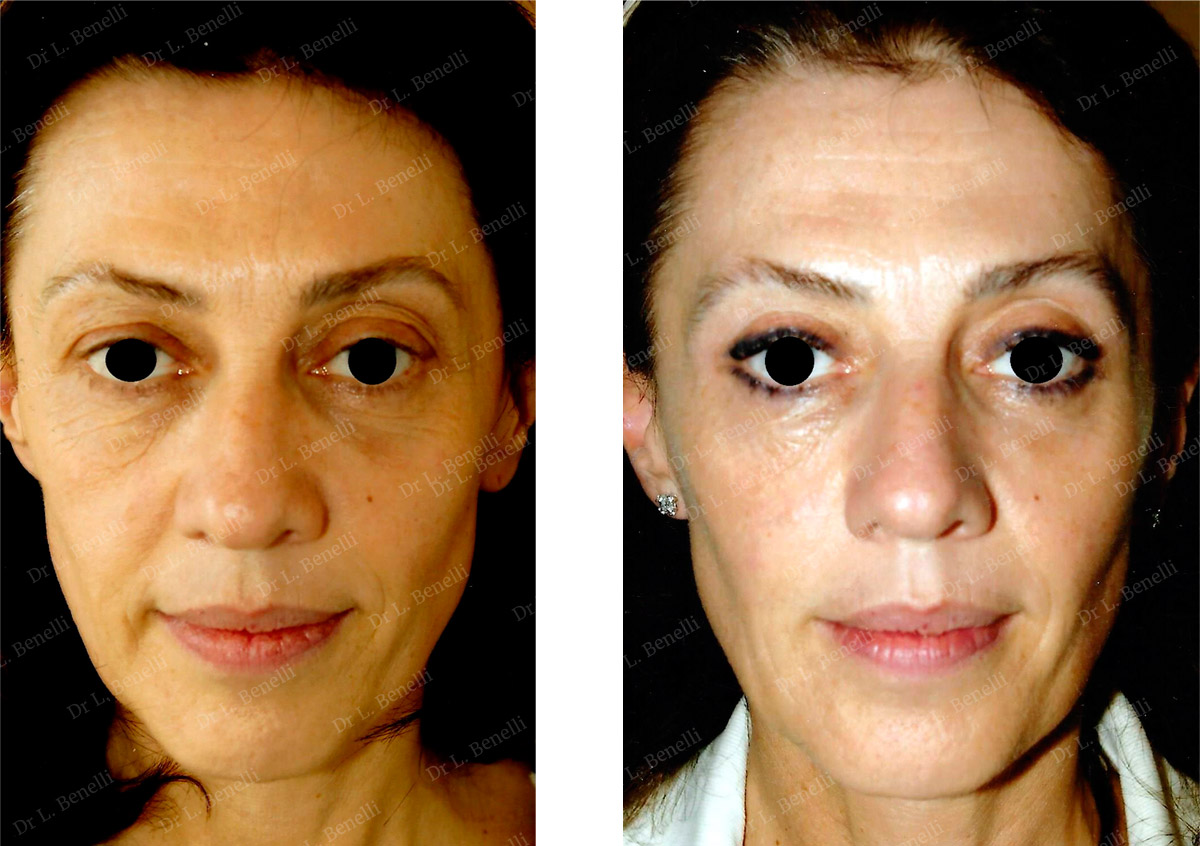
Upper eyelid plastic surgery. Result after 1 month
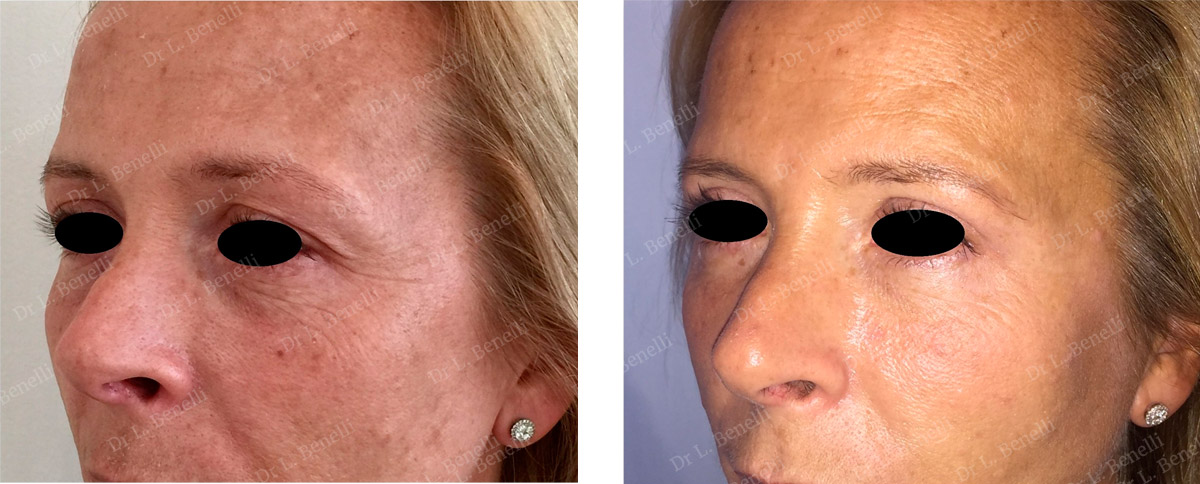
Upper eyelid plastic surgery, combined with a temporal Curl-lift (tension threads) to lift sagging eyebrows.
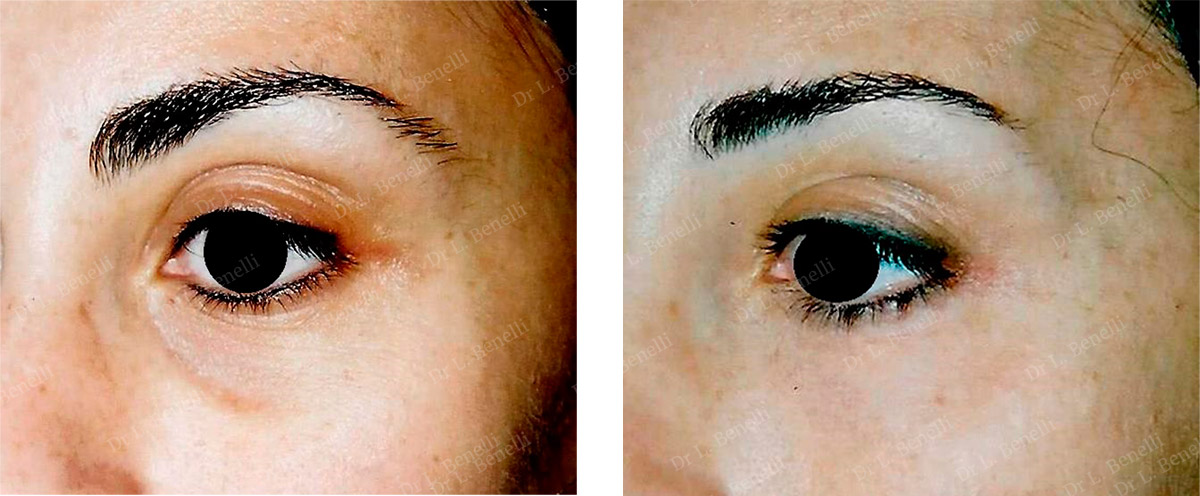
Lower eyelid plastic surgery and treatment of dark circles
Uses
One of the most frequent reasons for a consultation is the change in the way the eyes look due to eye bags, dark circles, excess skin and sagging to the upper eyelid skin and eyelashes, affecting the wearing of make-up, and casting a shadow over the eyes which then makes someone look tired, sad or stern.
Each person comes asking for me to correct a particular defect that they find particularly troublesome concerning their upper and lower eyelids.
The objective of the operation will be to correct this defect as a priority by assessing whether it may be appropriate to correct other associated defects to have a well-balanced, natural result that meets your expectations.
So depending on the insights gained from the first consultation, the operation may be on the upper eyelids, lower eyelids or on all four eyelids and possibly combined with another operation to improve the overall harmonious look of the face. In fact, correcting a particular defect sometimes carries the risk of bringing out another defect that was less visible before. This can be carried out as part of the same procedure or at another time.
With upper eyelid plastic surgery, we can correct other defects that alter the way your eyes look, in particular:
- Crow's feet wrinkles that are aggravated by excess skin can be corrected during the same procedure.
- Lion's wrinkles that can be corrected by hyaluronic acid or Botox injections or injecting fatty tissue (Lipofilling).
- Sagging of the external part of the eyebrows. Indeed, the external part of the eyebrow must be above the orbital bone arch or at least at the same level. If the outer part of the eyebrow is below the arch, this makes eye sagging look worse and can be further accentuated by skin removal from the upper eyelid. To solve this, we must also perform upper eyelid cosmetic surgery, raising the external part of the eyebrow. I use the temporal Curl-lift technique (tension threads), which only leave 2mm scars and these are hidden in the scalp without causing any hair loss.
If the entire forehead has collapsed, a full frontal curl-lift (tension threads) can be performed to lift not only the eyebrows but the entire forehead.
Lower eyelid plastic surgery can also correct sagging cheekbone as well as a swelling called "malar bags", which form a double contour under the fatty pockets of the lower eyelid. These malar bags, like bags under the eyes, inflate or deflate according to the lifestyle you are leading (lack of sleep, excess food or alcohol, tobacco, stress,...). When they become permanent, despite a balanced lifestyle, they can be corrected with lower eyelid plastic surgery and a malar Curl-lift (tension threads). Simultaneously enhancing the eyelid and cheekbone, this allows a more balanced and natural result. Correcting one defect may accentuate another defect in the same anatomical region.
Other procedures can also be used along with eyelid plastic surgery. Depending on the indications, these can be performed during the same procedure or on another occasion: cervico-facial lifting and chemical or laser peels.
Consultation
During the first consultation, it is essential that you openly express what bothers you and what you would like to improve. Do not be afraid to ask any questions, including expressing your fears and expectations. Everyone has a different body shape, psychology and expectations. These are not the same and there is no standard to apply.
After you have explained your motivations, I will examine you and offer one or more solutions, taking into account your expectations, your anatomy, respecting your identity and the natural aspect of your appearance.
So as you can visualise the desired result, using a mirror, I will manually recreate the effect the recommended treatments will have on your skin; then, I will show you photos of surgical results from cases similar to yours so you can understand the objective of the procedure.
It is essential that you and I have a good understanding when deciding to operate and to determine the technique to use among from those I can offer.
I will then give you all the information on the techniques proposed along with the information sheets from the Société Française de Chirurgie Plastique Reconstructrice et Esthétique (French Society of Plastic, Reconstructive and Cosmetic Surgery) as well as a detailed estimate of the costs for the options chosen. You will then be able to move your project forwards and get ready for a second consultation when you will be able to ask any additional questions to help you make a decision and prepare for the operation.
Before the procedure
Pre-operative examinations are required:
- A complete ophthalmological check-up to look for any pathologies (a lack of tears, glaucoma, etc.) that may require certain precautions to be taken before or during the operation, perhaps not even going ahead with it.
- Depending on the type of anaesthetic (local or general), a full or partial blood test should be carried out.
In the event of a general anaesthetic, you will need a consultation with the anaesthetist in the weeks leading up to the operation and at least 48 hours before.
Recommandations :
No medications containing aspirin or anti-inflammatories can be taken within 10 days of the procedure.
For general anaesthetic, you will have to fast strictly for 6 hours before the operation (do not eat anything, chew gum, eat sweets or smoke). However, if you are having local anaesthetic, you can to drink and eat lightly at normal mealtimes.
Tobacco consumption should be stopped or reduced as much as possible during the month before and month after the procedure. Tobacco can cause scarring problems.
The procedure
Hospitalisation and the duration of the procedure:
Your stay in hospital will be for half a day.
The operation lasts for approximately 45 minutes for the upper eyelids and the same for the lower eyelids. Therefore, 1.5 hours for all 4 eyelids; you can then go home after a few hours of monitoring following the operation.
Type of anaesthetic:
Local, deep local (neuroleptanalgesia) or general according to your preferences.
Technique:
Before you go to the operating theatre, in your room, I will go over the precise goals with you as we agreed during the consultations. You can then always make recommendations and ask any questions. I then draw the lines and marks on your skin to guide the operation and the lines of the incisions.
Upper eyelid plastic surgery:
Excess skin is removed through a hidden incision in the natural crease of the eyelids. The stitches are internal and are very fine, placed within the skin’s thickness (intradermal sutures) and, therefore, invisible. These stitches are absorbable and do not need to be removed.

Upper eyelid and crow's feet plastic surgery
Lower eyelid plastic surgery:
Fat pockets are removed by an incision usually made inside the eyelid (trans-conjunctival method). This ensures that there are no scars on the skin and avoids a frequent complication caused by a skin incision on the edge of the lower eyelid which, even without removing skin, can cause scar retraction on the edge of the eyelid, giving a round eye appearance, which is to be avoided at all costs.

Lower eyelid and dark circles lift, without leaving a scar on the skin, using the trans-conjunctival method.
Fat pockets can be used in part to fill the depression of the shadow descending to the cheek.
If there is a large excess of skin on the lower eyelid, it is better to correct it by lateral re-tensioning without scarring under the lashes and/or by laser or chemical peeling.
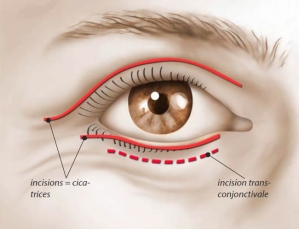
At the end of the operation, the eyelids are cleaned with saline and left open to the air, without a dressing. This has the advantage of not obstructing your visual field, which is important especially for those who are claustrophobic. Also, there is no dressing to stick to the incision, which can cause bleeding when the dressing is removed.
After the operation
On returning to your room, patients who have received local anaesthetic can have a small snack and after a period of monitoring, you can go home without a bandage and just a simple pair of sunglasses and possibly a scarf around your face to avoid air streams on the area that was operated on.
Any pain is very moderate and most of the time you will not need to take analgesics.
What may bother you the most is the swelling of the eyelid (oedema), which varies according to each individual and is usually accompanied by a small bruise. This takes about ten days to disappear almost completely. However, you can hide this with suitable make-up designed for post-operative use the day after the operation. However, you can only apply these products directly to the scar from the 5th day following the operation.
You will need to take time out from work and social activities for 8 days for the upper eyelids and 10 days for the lower eyelids or for all 4 eyelids.
As the stitches used are absorbable, they do not need to be removed. They are invisible as they are placed inside the skin’s thickness (intradermal sutures).
Care:
The face and eyelids should be cleaned daily with mineral water spray. An oily antibiotic ophthalmic ointment can be applied twice a day to make eyelid movement more comfortable.
You should make a follow-up appointment 3 days after the procedure, then after 15 days, 1 month, 3 months, 6 months, and 1 year.
Recommendations:
- Exposure to the sun: no direct exposure for 1 month, then exposure is allowed using sunglasses and sunscreen with a maximum protection factor.
- If the lower eyelids are operated on using the trans-conjunctival method, you should not wear contact lenses for a week.
- Make-up: you can hide any bruises with a cover cream the day after the operation and your usual make-up can be applied on top of the cover cream. The products used must be adapted and designed for post-operative use and will be prescribed for you on a post-operative prescription. However, no make-up products can be applied directly to the scar before the 5th day following the operation.
The result
The improvement is immediately visible and your eyes will look relaxed, retaining your identity, despite oedema (swelling) and any bruising that prevents us from fully judging the final result. After about ten days, your initial recovery will allow us to see the result, even if full recovery takes 1 to 3 months.
In the long term, fat pockets do not usually reappear and skin sagging will remain stable for a sustained period; the majority of patients do not need another operation. In some patients, the ageing process means that another operation may be desirable but rarely before about twelve years.
The result is a relaxed, rejuvenated face, giving you an undeniable feeling of well-being, and those around you will notice a change and an improvement, thinking that you look well, but without necessarily being able to see that you have had an operation.
Risks and complications
Price range
The cost of the operation will depend on the procedure to be carried out, the duration of the operation, the type of anaesthetic and any hospital charges.
If the reason for the operation is purely cosmetic, you cannot get reimbursement through a social security claim.
On the other hand, if it is for reconstructive purposes after an accident or an illness, you may be covered by social security and, where relevant, by your mutual insurance company.
A detailed estimate is given to you during the first consultation following the options you have chosen. You then have a minimum legal period of 15 days to consider your options and move your project forwards.
The first consultation costs €50. The following consultations before and after the operation are free.
The photographs on this page are here to illustrate and complete the information given on the operations. They are merely for information purposes so you can see the goals, results and scars from the operation.
The likelihood of scarring and each patient’s individual anatomy are different. Therefore, for this reason, the photographs on this site do not commit Dr. Benelli to providing all patients with a similar result.
The information given on a site is not sufficient in itself and a medical consultation is essential to get the right information for each individual case. For this, you’ll need to consult a surgeon qualified in Plastic Reconstructive and Aesthetic Surgery.
